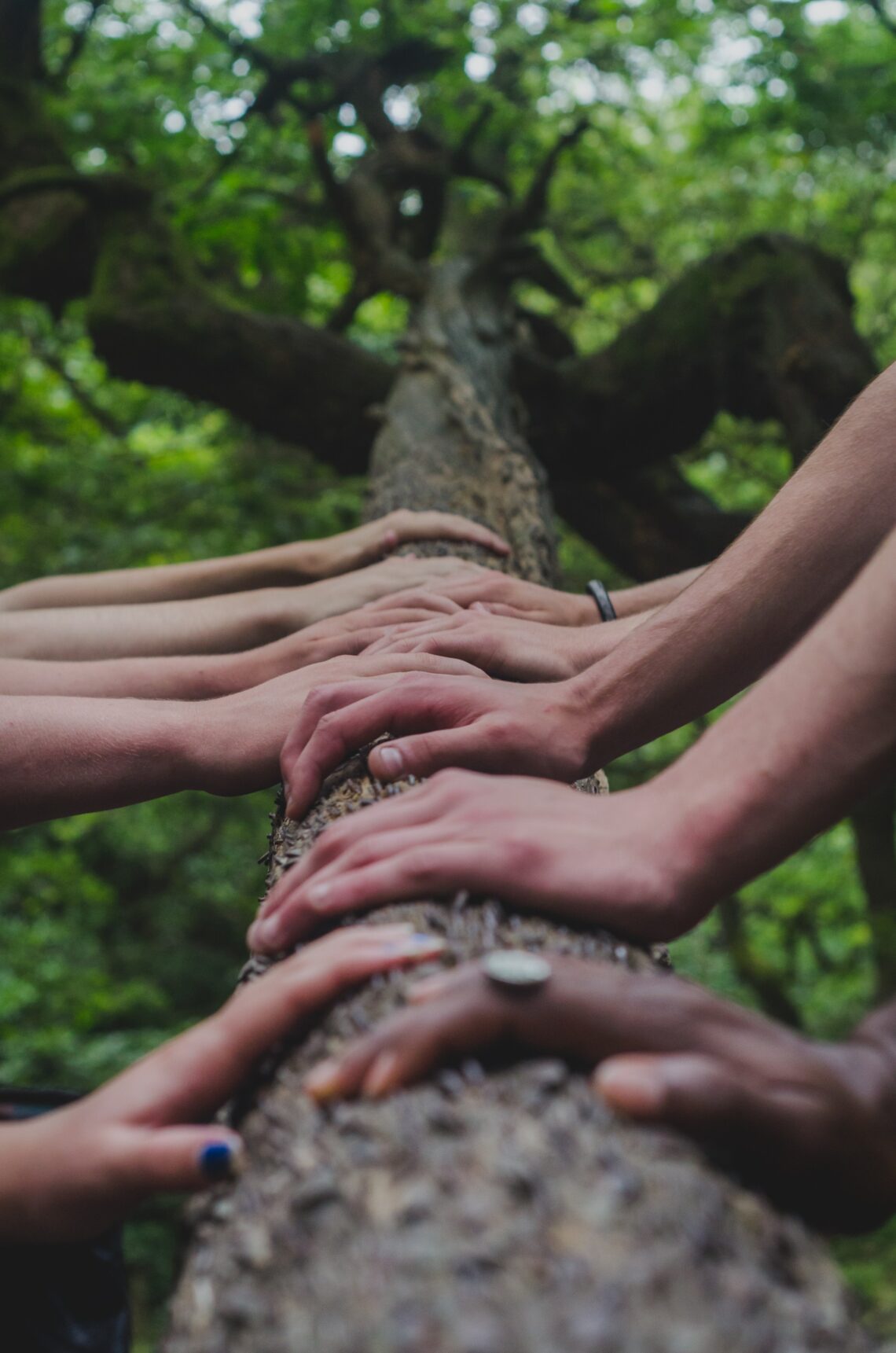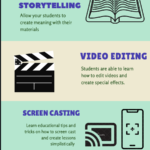- How does social media use in public discourse potentially challenge advocacy communications?
In social media, advocacy communications are challenged due to the selective information provided, and the divided political stance many advocators use that share only one story. One needs a large following base to reach out to the public and bring about change. To engage support one needs to create interest and awareness for individuals to contribute. Listening to Markiel Simpson’s interview, he points out how many of his followers tend to only follow/contribute to posts they relate with (Simpson, 2021). In addition to this, it is difficult to communicate on sensitive issues due to our permanent digital identities and the apparent ‘cancel culture’ throughout the media. To increase advocacy communications on a digital level, our platforms need to create policies for inclusion and increase the flow of free communication for multiple perspectives and networks to form (Jansen et al, 2005).
- How diverse is your existing PLN?
As of right now, I currently have my foot in several social media platforms–Instagram, Facebook, Tiktok– and use multiple areas of the web to explore and learn. When looking towards the diversity of my PLN, there are many areas that one needs to consider, because one can always increase the diversity of their networks. Is the content I receive diverse? Are the apps and websites diverse with their information? How many PLN am I engaged with? Is my platform inclusive? When considering these questions I think that for my profession (education) my PLN is diverse with multiple areas of learning and multiple teaching principles are being shared and developed through my social media content and other platforms. Inclusion is also a key priority when accepting the flow of information, and as a society, we must make the transition from exclusion to inclusion to diversify our content (Moore, 2017). For my personal accounts, social media tends to curate my interests into an explore page where multiple perspectives and ideas are shared. Yet, they are never outside my own bubble, so how would one change up the formulated public page to find new interests? To diversify my followings I would need to acquire more research and branch out to multiple companies/people to fulfill my intake of information. I want to ensure I am receiving all information, not just selective information. Overall, I believe that everyone should diversify their PLN and find multiple perspectives and ideas to shape their own understandings.
- In your PLN, are you learning from a variety of voices?
Personally, I tend to follow multiple political/educational sides to ensure I receive ample information when deciding my own position and increasing my understanding. The public grows from the flow of communication, and social media makes exchanging opinions difficult due to the publication of their identity. Therefore, I do not participate in discussion enough, but to overcome this I expand my area of understanding through the accounts I follow. I believe that one should always keep an open mind (especially in today’s society) because of the consistent flow of information. How much of that information is true and accurate? Following multiple people ensures that I receive multiple ideas and understandings. Therefore, on my social media platforms, I tend to follow multiple accounts that are contradictory to one another. Thus, I gain more perspective and am more well-rounded when I share my opinions and beliefs around certain topics.
- How does social media engage in advocacy communications?
I believe that social media is a revolutionary tool for communicating, informing, connecting, and sharing in an advocacy effort (Jansen et al, 2005). It enables inclusion and allows one another to talk freely with one another about what matters. Social media allows anyone to engage, connect and share opinions worldwide. Therefore, individuals with a large following base have the opportunity to start discussions and share their ideas to bring people together and start change (Markiel, 2021). Social media gives individuals the opportunity to learn and listen from the comfort of their homes, thus, sharing information is easier than ever before. Many people look to social media to update them on global events and global initiatives, therefore it allows individuals to collaborate and share with the whole world. If we utilize Public Media 2.0, inclusion will be a priority, and a collective goal of educating, informing, and mobilizing the people will be reached (Jansen et al, 2005).
References:
Moore, S. (2017). One without the other: Stories of unity through diversity and inclusion. ProQuest Ebook Central https://ebookcentral-proquest-com.ezproxy.library.uvic.ca
Jansen, et al. (2005). A New Vision For Public Media. Media and Social Justice. Retrieved from https://link-springer-com.ezproxy.library.uvic.ca/content/pdf/10.1057%2F9780230119796.pdf
Markeil, S. (2021). EDCI-338 Markiel Simpson. EDCI-338 [Video Interview] Retrieved from https://www.youtube.com/watch?v=rsoDHGaXNNs



